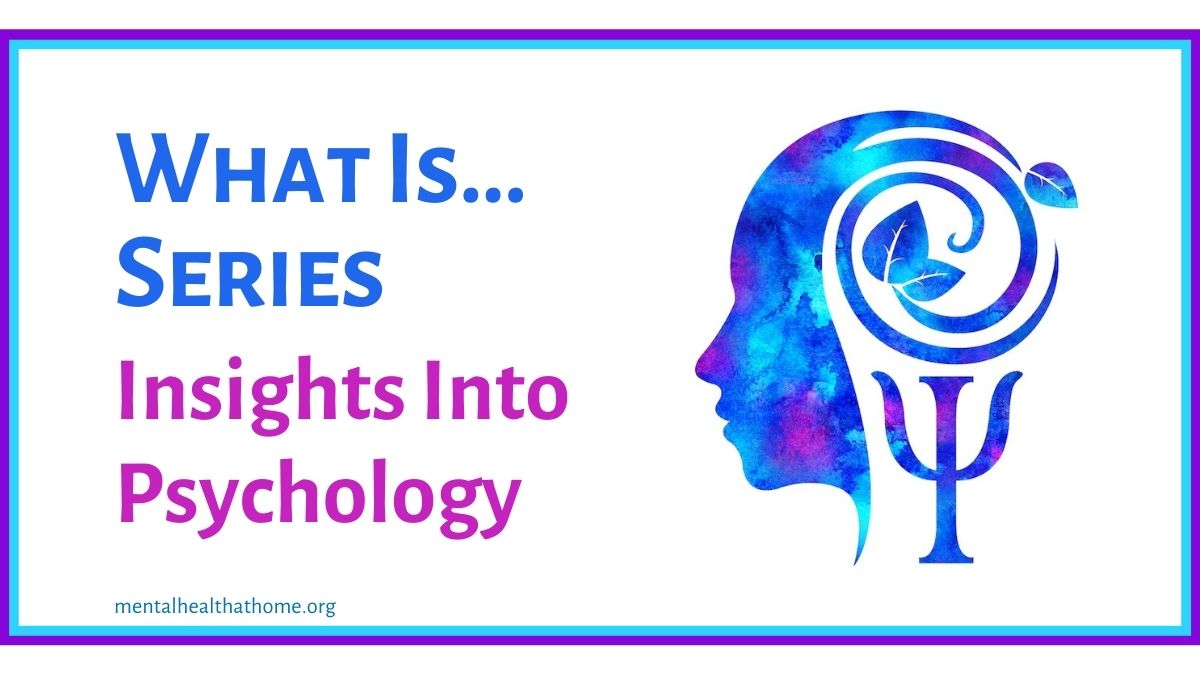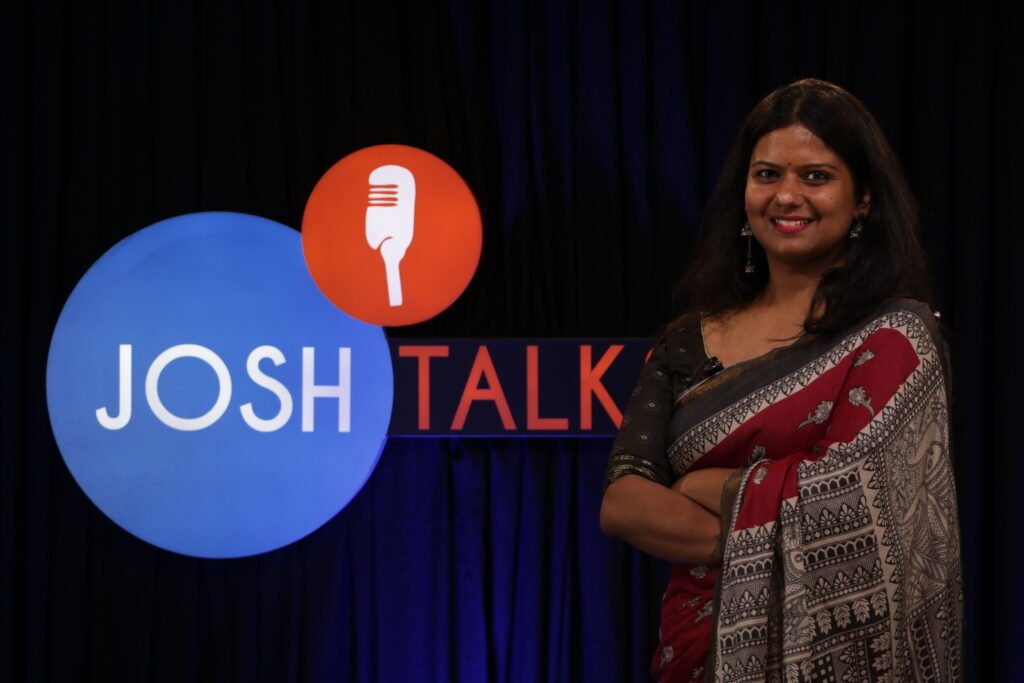
In this series, I dig a little deeper into the meaning of psychology-related terms. This week’s term is attention.
We are constantly bombarded with a steady stream of stimuli, both internal and external. Attention is the process by which we narrow our focus to certain pieces of information. This is necessary because our capacity to process information is limited.
Selective attention
Selective attention refers to the ability to focus on certain environmental stimuli while ignoring other distractions.
The cocktail party effect is an example of selective attention to auditory input. If you’re chatting with a small group of other people, you’re probably focused on what others in that small group are saying and mostly ignoring all of the other chatter in the background. However, if someone in one of those background conversations you’re ignoring says your name, that’s likely to make it through your selective filter.
In studies of selective attention in which people receive a different auditory stream in each ear and are asked to repeat back what they’re hearing in the left ear, for example, they notice very little about what they’re hearing in their right ear. They’ll probably notice whether it’s a male or female voice, but they probably wouldn’t notice if that voice switched to a different language partway through.
Have a look at this short video:
Did your selective attention keep you from noticing the unusual stimulus?
Selective attention models

Psychologist Donald Broadbent proposed a filter model that involved filtering sensory input based on physical characteristics. Information that made it through that filter would undergo higher-level processing before making it into working memory. The move to higher-level processing serves as a bottleneck that limits how much can pass through.
Because filtered-out information never makes it into working memory, there’s no way for you to remember that information, even though you were exposed to it. This is a major part of the frequency illusion, which involves noticing something and then suddenly seeing it everywhere. It’s not that you weren’t seeing it before; it just wasn’t making it through the filter into your memory, so it’s just not possible to remember it.

According to Anne Treisman’s attenuation model, the initial filter doesn’t entirely block out stimuli. Instead, it weakens (attenuates) them, but that information is still subject to further processing through a hierarchy of analyzers. Those analyzers are syllables, words, grammar, and semantics. This model accounts for our ability to notice someone saying our name even if we hadn’t been paying attention to what they were saying before that.
Divided attention and task-switching
As much as people might like to think they can multitask, divided attention is not something our brains are good at. Trying to multitask while performing complex tasks decreases our performance. Task-switching, i.e. shifting attention between different tasks, is also cognitively demanding.
It actually takes more mental energy to shift attention within a sensory modality than to shift from one sense to another. That means that shifting focus from listening to one conversation over to listening to another conversation takes more cognitive effort than shifting attention from the auditory input of that conversation to a visual source of input.
Things we don’t notice
Change blindness refers to our tendency not to notice changes in something if we shift attention away and then back to it. We may not even notice we’re talking to a different person! In one study, Experimenter A stopped someone to ask them for directions, then Experimenters B and C walked between Experimenter A and the subject. While doing so, Experimenters A and B switched places. Only half of the subjects noticed this, even when they were told that they were no longer talking to Experimenter A.
Repetition blindness is the tendency not to notice repeated stimuli that are presented in quick succession. If we see an object a second time, our brains may just stick with the first object and not process the second. I often repeat words like this this (or even like this like this) when I pause to think mid-sentence, and perhaps repetition blindness is why I rarely pick this kind of error up on my own when trying to proofread.
Visual attention
When attending to visual stimuli, our brains pick out particular patterns that seem relevant based on factors like oriented edges, colour contrast, intensity, and motion. When our focus shifts, we’re initially slow to notice something happening in the area we just shifted our focus away from; this is referred to as inhibition of return.
Besides paying attention to the visual area that we’re focused on, we’re also able to maintain some level of covert spatial attention, noticing things in the periphery of our visual field.
Object attention refers to our tendency to prioritize all aspects of a discrete object for processing. If I’m having a conversation with you, I’m more likely to notice your shoes than the shoes of the person sitting next to you, because even though your shoes aren’t relevant to our conversation, they are part of the object that is you.
Attention and effort
Effortless attention is focused on absorbing activities, and it doesn’t feel like it involves much (if any) exertion. This tends to happen with enjoyable activities where there is a balance of challenges and skills. It involves a combination of arousal, control, and relaxation, and there is a sense of flow.
For attention tasks that do require effort, there are certain factors that can influence the amount of effort we exert. People who are sleep-deprived have difficulty with tasks requiring sustained attention, but attention can be improved by increasing potential rewards for the tasks, adding novelty or irregularity, or increasing stress.
Getting personal
I find it fascinating how our brains are able to pick out relevant bits from the massive amount of sensory input we get. It’s particularly interesting that we can pick out our name being said in a conversation we’re not really listening to.
I have a hard time doing tasks that require conscious attention when there’s a lot of auditory stimulation that I need to filter out. I only listen to music when I’m doing things like colouring that don’t require much thought or things that are doable on autopilot. Trying to read or write with music on doesn’t work well for me at all. I think I used to be reasonably good at task switching, but now it takes far too much brainpower to be able to do easily.
Visually, I tend to be oblivious to things I’m not actively paying attention to, and still fairly oblivious even to things I am paying some attention to. The first time I watched the gorilla video, I didn’t see the gorilla. In that study where an experimenter was asking for directions and half of the participants didn’t realize they were talking to a different person, I would absolutely be in the group that didn’t notice the new person.
How do you do with multi-tasking and task switching? Do you find it easier to maintain attention with one sense than with another?
References
- APA Dictionary of Psychology: Effortless attention
- Friedrich, F. (2019). Attention. In J.A. Cummings & L. Sanders (Eds.), Introduction to Psychology. University of Saskatchewan Open Press.
- Lindsay, G. W. (2020). Attention in psychology, neuroscience, and machine learning. Frontiers in Computational Neuroscience, 14, 29.
- Smith, E., & Kosslyn, S. (2006). Cognitive psychology: Mind and brain. Pearson.

The Psychology Corner has an overview of terms covered in the What Is… series, along with a collection of scientifically validated psychological tests.

Ashley L. Peterson
BScPharm BSN MPN
Ashley is a former mental health nurse and pharmacist and the author of four books.










